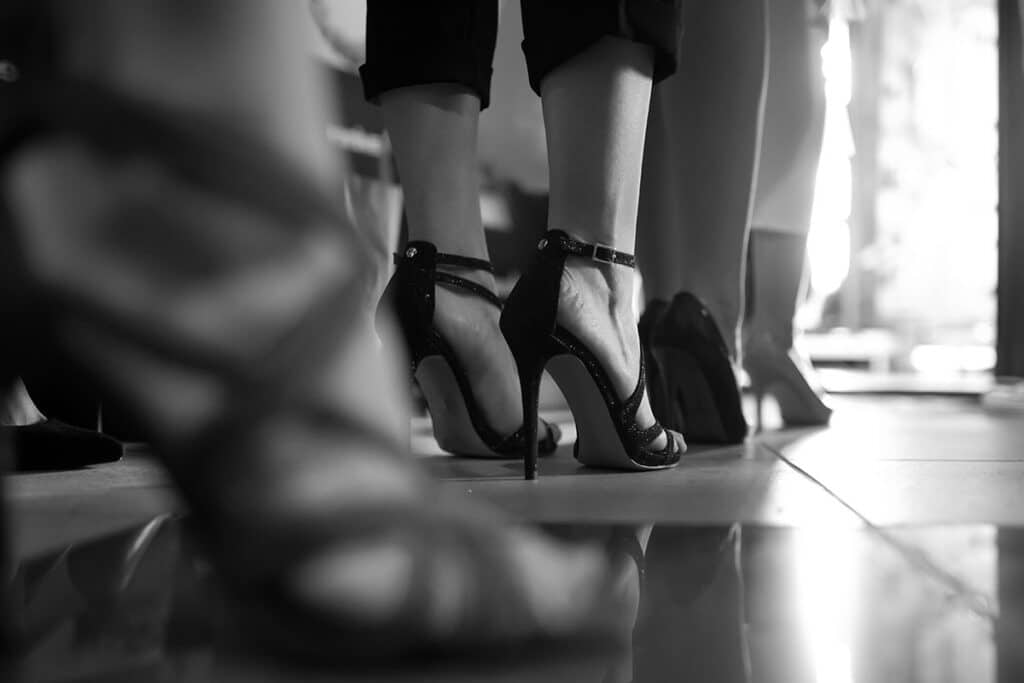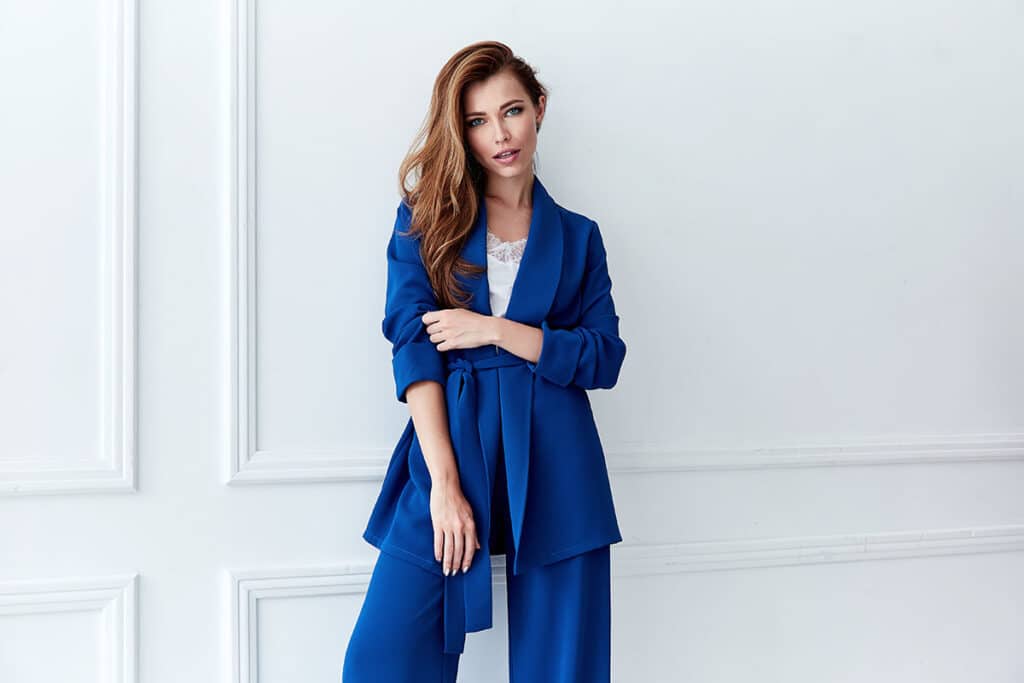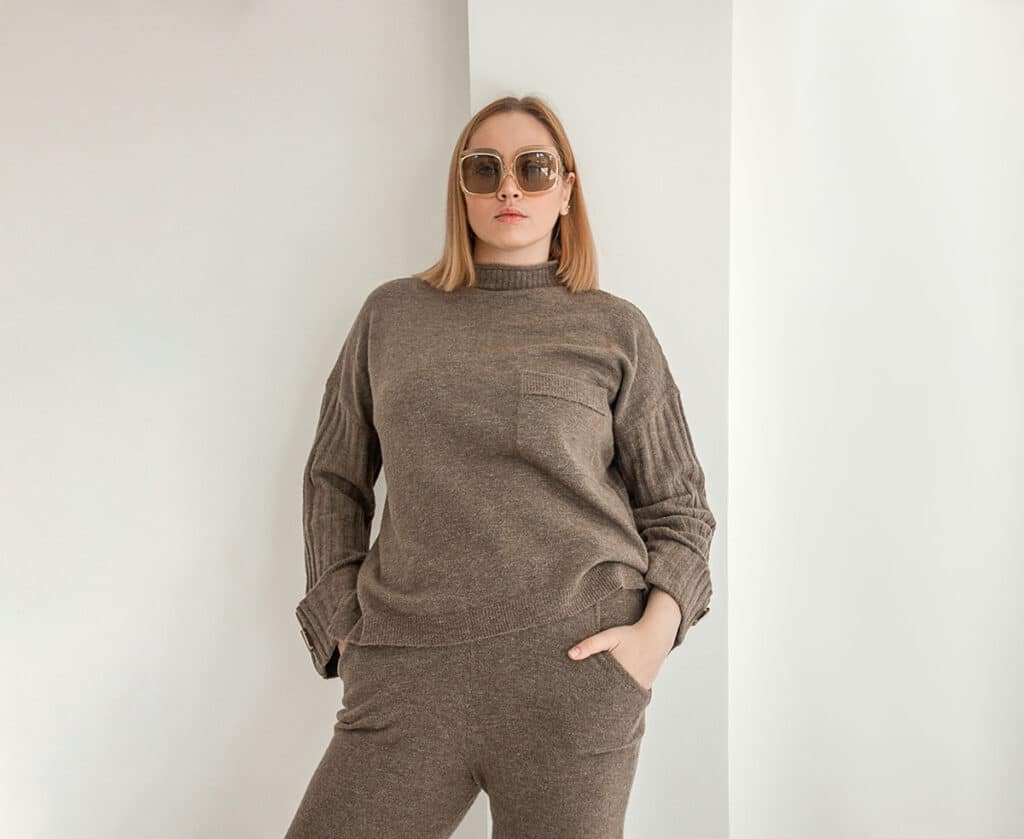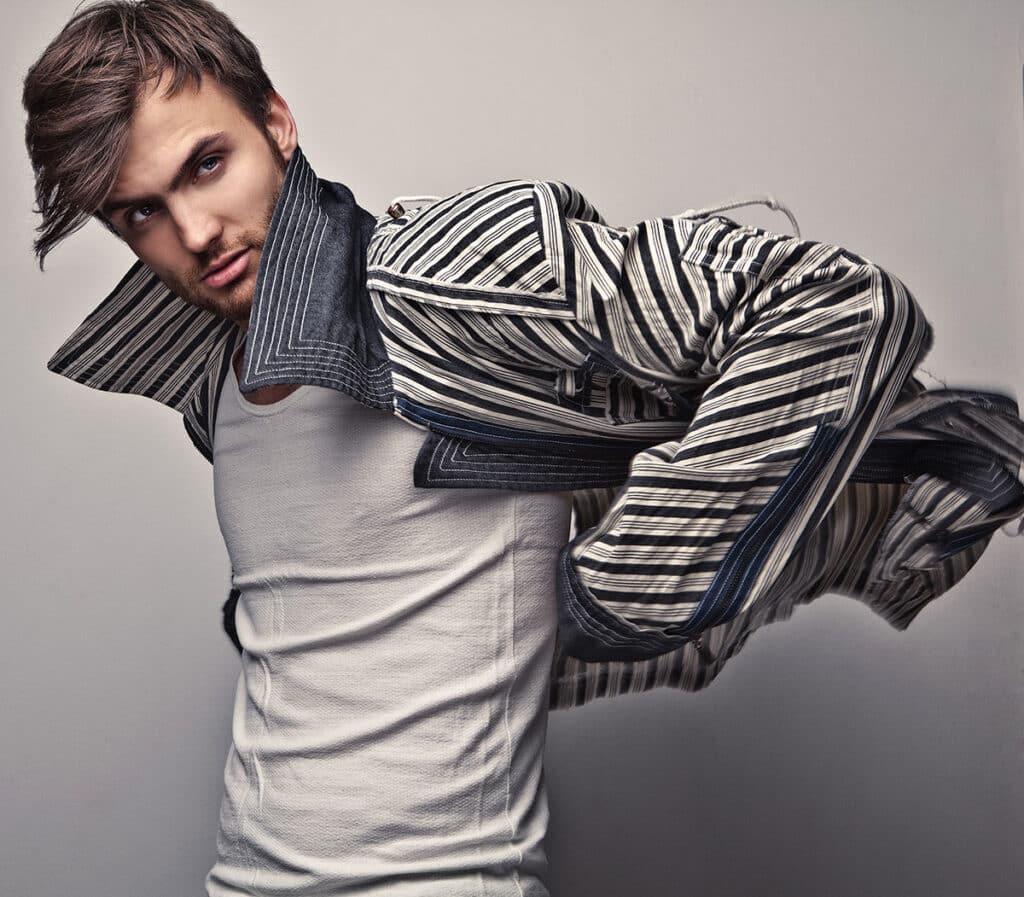How to Create an Amazing Modelling Portfolio
No Comments • Uncategorized • By Melissa

A modelling portfolio is one of the most important tools of the model’s trade. All models, even professional models who have been in the game for years, have a portfolio. If you want to get signed and find work, you need to have a stand-out portfolio that will stand above and beyond the rest of the competition.
With hundreds, sometimes thousands of aspiring fashion models applying to modelling agencies every week, competition is fierce.
Here is how you can ensure your portfolio stands out from the crowd!
1. Hire a professional.
A phone-taken selfie will not cut the mustard. You need a portfolio of professional photos that are high-quality and really show off your versatility, professionalism and experience as a model.
If you already have some modelling work under your belt, you can use these photos in your portfolio. But for aspiring models with little to no experience, this can often seem tricky.
The best option for those with no professional photos (yet!) is to hire a photographer for a photoshoot. Ultimately, the cost will pay out in dividends if you get some really great photos out of it. Not only that, but you will get experience in front of the camera at a proper photoshoot complete with lights, hair and make-up. You can then purchase your favourite photos to include in your portfolio and on your z-cards.
Don’t be scared to vet a few photographers. You need to find the right photographer for you, and that is not always an immediate process. Check out their previous work and make sure you like it before booking in. Look online for reviews and recommendations.
Some studios will even create your portfolio for you, saving you the trouble.
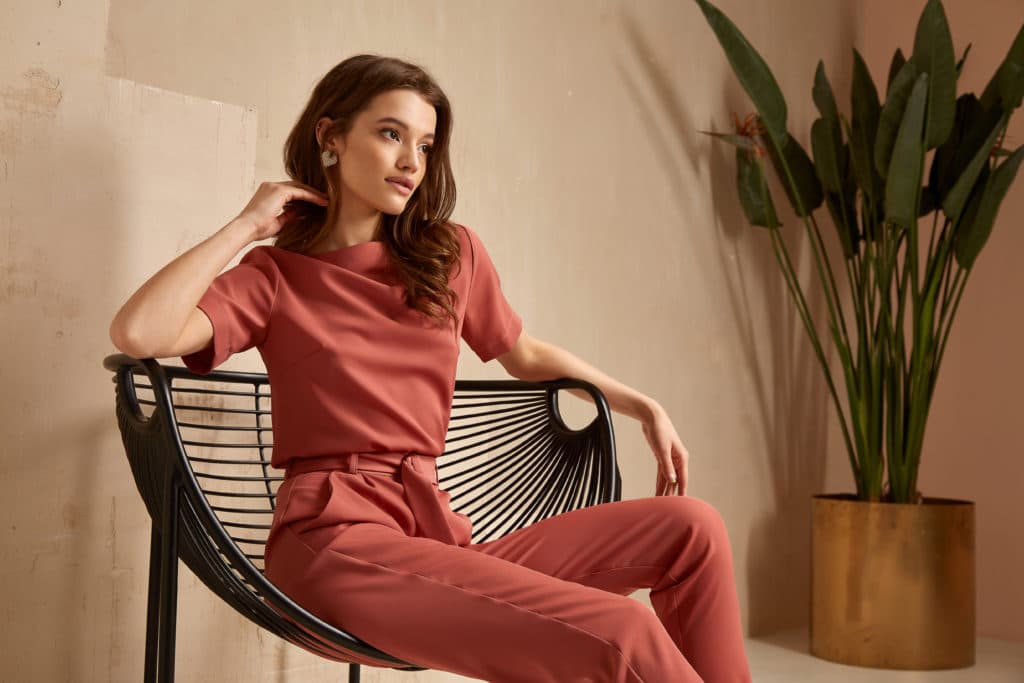
2. Plan your look.
If you have booked into a studio, you now need to think about the sort of images you want to take on the day. Don’t just leave it up to the photographer! Modelling is an art form and this is your chance to show off your skills. You will need to think ahead of the sorts of outfits you want to wear, and what sort of hair styles and make-up will suit those looks.
Some studios have a makeup artist and hairstylist at their disposal, so take a few photos along if you have something specific in mind.
Be prepared for a busy day; you need to book for a specific amount of time, and to make the most of your shoot you will want two or three outfit changes to show that you can model and suit all sorts of different styles. You don’t need designer gear to look like a model; try researching your favourite model’s out-of-work outfits, as well as their editorial looks for inspiration. (You can also find plenty of model portfolio examples online to see what the pros include in their own portfolios).
3. Be accurate.
Your portfolio will not only feature photos. It will also have your modelling credentials. This includes things like your modelling measurements, your height, UK dress and shoe size, and hair and eye colour.
You need to be as specific as possible about these details. Any slight alteration to your measurements could see you losing jobs and costing people time and money.

4. Update your modelling portfolio.
Leading on from the above, you should also make sure you update your portfolio as regularly as you can. Exchange old photos for newer ones that better showcase your experience, and be sure to update any changes and fluctuations to your measurements. There is no point in lying on your portfolio about something as important as your modelling measurements; they will soon know the truth once they measure you for a fitting.
5. Be selective.
You don’t need to include every single photo you have ever had taken at a photoshoot. A portfolio should include up to 20 photos – no more than that. Once your modeling career is a bit more established and you have lots of photos, you can be more selective and only include the ones done for huge campaigns (to show off your desirability and demand) or ones that truly show off your beauty or your modelling expertise.
You should aim to include at least one headshot during your photo shoot for your portfolio, as well as one full-length body shot to show off your figure. Close-ups of the face with minimal make-up or accessories are also a good choice so agencies and brands can see your natural, true beauty.

6. Think about getting an eFolio.
An eFolio is an online modeling portfolio that is usually a personal website on the internet. Many models are choosing to have this alongside their physical portfolio because it allows greater access from people regardless of their location. Whereas your portfolio can be a cumbersome item that you must carry around with you, your eFolio allows you and others access completely remotely.
Your eFolio can also host more than the standard maximum of 20 photos found in a normal portfolio.
They’re fairly cheap to set up. If you have the money, it can be worth hiring a website builder to create it for you, or you can have a go at doing it yourself via self-build websites like Wix.
7. Plan your audience.
When planning your portfolio, you should think about the type of people you are looking to impress. If you plan to be an alternative model, there’s no point covering up your tattoos and piercings – show them off!
Similarly, if you are looking to get into petite modelling, you need to show you can still look tall in photos. Think of your audience and cater your images to suit them.
Are you interested in getting into modelling? Register with us today and we can tell you if you have what it takes!



